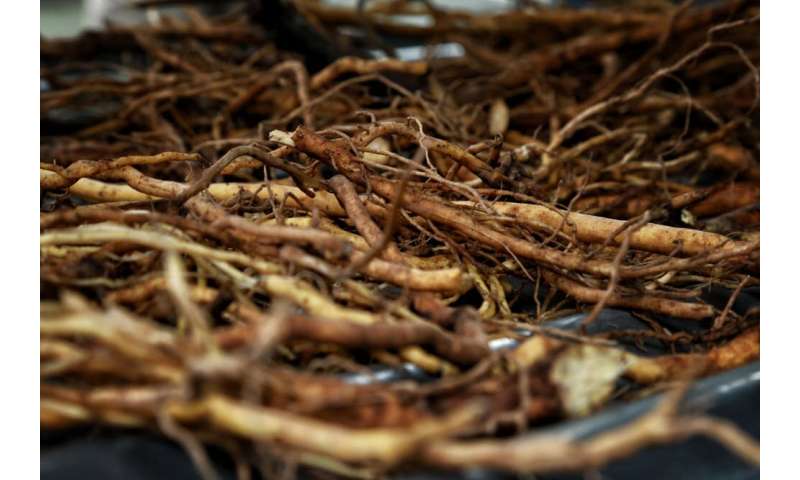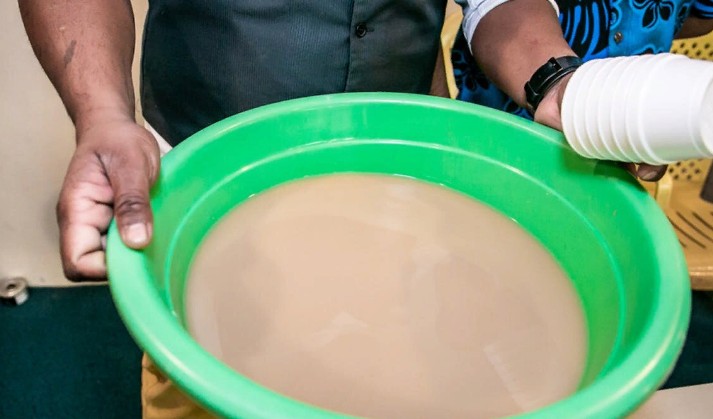Kava could soon be available in a grocery or cafe near you. But what exactly is it? Is it secure?
Over the next few months, you may hear more about kava, a hallucinogenic drink that is more popular in the Pacific but is becoming more commonly available in Australia.
The manner in which it is imported and regulated has altered. So you might be able to find it in a grocery, health-food store, or a kava bar where you can share it with your friends.
You might be tempted to try it, but you’re unsure if it’s safe. Here’s everything you need to know about kava in Australia.
What exactly is kava?
The root of the kava plant is used to make kava (Piper methysticum). This commercially important crop has been produced and consumed across the Pacific for 3,000 years.
The root is traditionally crushed and then soaked in water to form a drink. It is mostly used by men for ceremonial, recreational, and therapeutic purposes in countries like Fiji, Tonga, Samoa, and Vanuatu.
Kava consumption is moderated by traditional drinking behaviors, which usually entail drinking kava with others. Even so, heavier recreational drinking is common and can be harmful.
In Australia, kava is not widely utilized. If you live in Australia, you’ll still see it used by some Pacific communities. These include the Fijians, the Tongans, and the Samoans.
Kava is also used in Arnhem Land, in the Northern Territory, by a small number of Aboriginal people. In the 1980s, kava was introduced to these tribes as a non-alcoholic substitute for alcohol. In the 1990s and early 2000s, it was at its most popular.
Kava is usually sold as a powder in Australia, which is then turned into a drink.
What exactly does it do? Is it secure?
Drinking kava might make you feel social and at ease. People also say they have less anxiety and are in a better mood overall, while staying clear-headed.
Numbness, sedation, muscle weakness, and exhaustion can all be symptoms of increasing levels of intoxication.
Kava toxicity is considered “extremely low” by the World Health Organization. However, kava consumption is not without risk.
It can make your skin flaky, make you lose weight, and make your liver enzymes change. It can also make you feel ill.
Heavy kava use has also been linked to a slew of societal problems. In general, these risks don’t just apply to people who use kava.
This includes the effect of time spent gaining access to, utilizing, and recovering from kava consumption. This has an impact on a person’s ability to fulfill roles in their family, culture, and workplace. There are also financial consequences to missing employment and kava purchases.
When people in Arnhem Land drank a lot of kava, it caused a lot of problems in the community. There was a drop in community and cultural activities, as well as a drop in people’s jobs.

Traditionally, the root of the kava plant is ground and made into a drink, then shared.
What’s different now?
In Australia, kava has had a difficult regulatory history. There have been many changes in recent years, including:
- The federal government began a two-stage “kava pilot” in December 2019, with the goal of increasing trade with Pacific nations and making it simpler for Pacific Australians to get kava for cultural reasons. Passengers over the age of 18 were allowed to bring 4 kilos into the country (up from 2 kilograms per person).
- The second part of the pilot, which began in December 2021, permitted kava to be commercially imported as a food product with import permission. “Use in moderation” and “May induce drowsiness” labels must be on products, and these cautions must also be displayed where kava is sold. These changes make Australia more like other countries with a lot of people from the Pacific, like the United States and New Zealand.
Even if there have been improvements at the federal level, bringing kava food products into the Northern Territory is still illegal.
The law now says that kava extract can’t be used to treat anxiety, insomnia, and a lot of other things.
What are the implications of these changes?
People in Australia can now buy Kava in health food stores, supermarkets, pharmacies, and online because of changes in the law.
Kava bars are popping up all over the place, including one in Brisbane.
We don’t know if kava will appeal to people outside of Australia’s Pacific communities, or what the benefits and cons of having it available are.
Not everyone is satisfied.
In the past, kava regulatory changes did not include enough consultation with people who might be affected, like Pacific communities in Australia or Aboriginal businesses, health organizations, and communities.
Despite the fact that the Northern Territory at first tried to stop kava imports, this did not solve the socioeconomic problems that led to a lot of kava use in some communities in Arnhem Land.
Regulatory measures that were put in place in 2019 did not have enough consultation with Aboriginal people.
In the Northern Territory, community leaders are concerned about an increase in kava-related issues, such as more people selling it on the illicit market.
“Kava will kill people and it has killed people in Northeast Arnhem.” https://t.co/omP9pMghrH
— ABC Darwin (@abcdarwin) February 4, 2019
So, what’s the next step?
According to the federal government, the National Drug and Alcohol Research Centre, in collaboration with Ninti One, will monitor and analyze the latest modifications for Australia.
The effects of greater kava availability on health, social, cultural, and economic factors will be examined. The full study is anticipated for mid-2023, and it’s unclear whether the findings will be made public.
We need genuine participation from all groups affected by kava for the evaluation to be useful to them. This must take into account the range of opinion in both Australian Pacific groups and Aboriginal communities who use kava.
There is also a need for more research into the benefits and drawbacks of kava, as well as how much to drink.
Finally, known dangers must be monitored. This includes driving while high on kava, as well as selling kava on the black market in the Northern Territory, which is a part of Australia.





